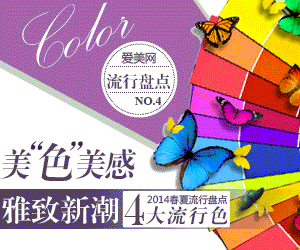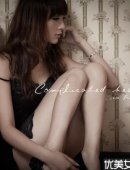-
Fashion, Opera – And Now Museums: Christian Lacroix’s Thir(2)
- 发表时间:2018-08-28 11:40 | 巴黎女士女性时尚网 | 点击数: 次
-
snis 268
tiantianse
雨后的故事3动态图
黑泽爱
美女被戳屁屁
郑靓歆女装
电梯吞人
君臣实业 远洋君
动漫mm邪恶动态图
佐藤琉璃
河马球讯
-
‘Liberté, égalité, gratuité’ – or liberty, equality and free – is the concept of Cécile Helle, the Mayor of Avignon, whose idea was to draw together a multitude of museums and encourage those who buy a ticket for the Palais des Papes in Avignon to visit the others as well without paying anything further.
本内容系VOGUE时尚网原创或经官方授权编译转载,严禁以任何形式或方法转载或使用,违者追究法律责任。
‘Mirabilis’ translates into English as ‘marvellous’ or ‘miraculous’. The chaotic pile of pieces from the attics and cellars of five museums have been edited and put together by curator Pascale Picard with Lacroix as artistic director.
Even before the doors of one exhibition had closed, Lacroix revealed another: a major exhibition opened this summer in Avignon, not so far from Lacroix’s home town of Arles.
Inside Christian Lacroix's 'Mirabilis' exhibition at Palais des Papes, Avignon
Courtesy of Louvre Lens
In more than three decades, from 1982 to 2018, the baroque designer moved from haute couture to opera, ballet, theatre – and now to museums. After the collapse of his indebted brand in 2009, the couturier brought out those skills that Lagerfeld had seen in him at the beginning. But his current focus is not only on performing art – but also on turning art into a visual performance.
Out of the attics of five Avignon museums comes an exhibition that is truly ‘Mirabilis’
Inside the Palais des Papes, Avignon
It took me a while of searching the chapel to find that compelling curly-haired figure and his eye glasses – before I realised that the two objects had nothing to do with each other. He was a sculpture made for the corner of a mausoleum in the ancient South of France city of Orange, probably around the second century, and put in the Calvert Museum around 1830.



‘Mirabilis’ is at the Palais des Papes, Avignon, France until 13 January 2019
Lacroix served as artistic director of an exhibition, ‘The Rose Empire’, earlier this year (closed July 2018) in Louvre Lens – the northern French outpost of the Paris Louvre Museum. He presented masterpieces of 19th-century Persian art as a stroll through the opulent rooms of a palace and used vivid silks and rugs as a backdrop to the rich aesthetic of the period.
Tags: snis 268 tiantianse 雨后的故事3动态图 黑泽爱 美女被戳屁屁 郑靓歆女装 电梯吞人 君臣实业 远洋君 动漫mm邪恶动态图 佐藤琉璃 河马球讯
- 爱美
- 健康
- 情感
- 美体










